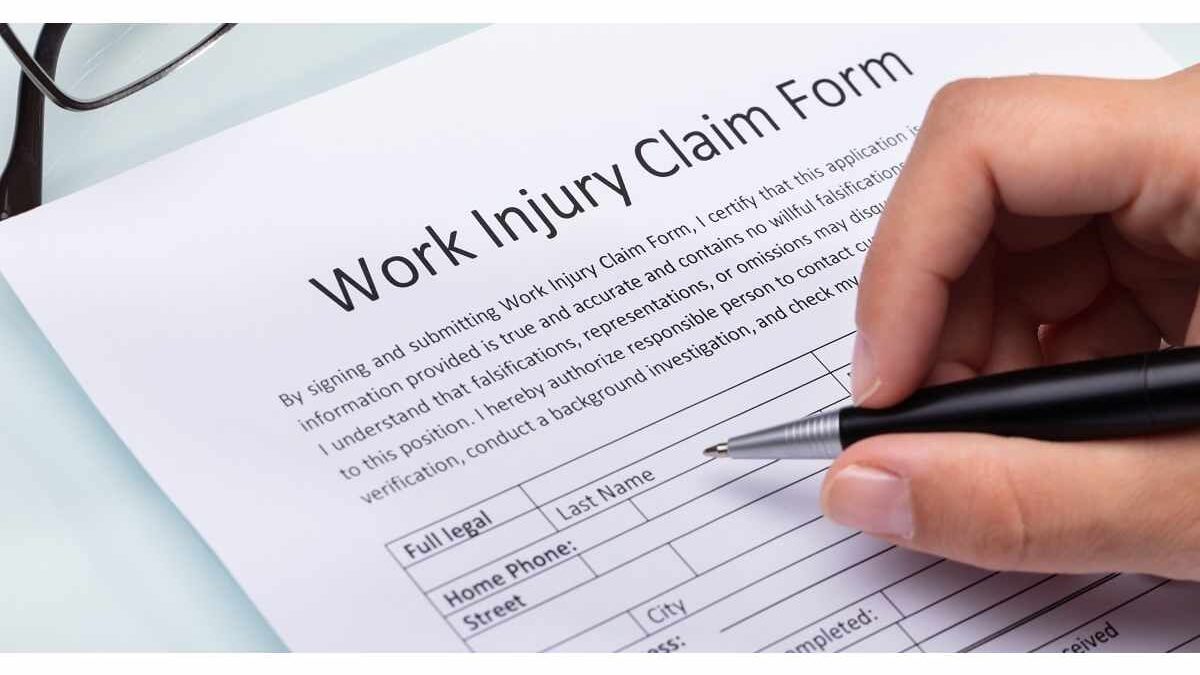Workplace injuries can be physically and financially devastating. Fortunately, workers’ compensation provides a safety net for injured employees. However, navigating the process of filing a workers’ compensation claim can be complex and overwhelming.
Central to this process are the various forms that need to be filled out accurately. Here is everything you need to know about workmans comp claim forms to ensure you understand the procedures and requirements.
Table of Contents
Reporting the Injury
The first step in the workers’ compensation process is reporting the injury. It is crucial to inform your employer about the incident immediately. Many states have specific deadlines for reporting workplace injuries. Provide a written account, if possible, detailing the injury’s time, place, and nature.
Claim Forms
Employee’s Report of Injury Form
This form, often provided by the employer or the workers’ compensation insurance carrier, requires you to describe how the injury occurred, the extent of the injury, and any immediate medical treatment received.
Employer’s Report to the Insurer
Employers are responsible for filling out a form that informs the workers’ compensation insurance provider about the injury. This document provides essential details from the employer’s perspective to help the insurance company in the investigation.
Medical Evaluation
Medical Report Form
Medical professionals treating your injury will complete this form, outlining the nature and extent of your injuries, the treatment provided, and the expected time off work. Detailed medical records strengthen your claim.
Claim Adjudication
After submitting the necessary workmans comp claim forms, the workers’ compensation insurance adjuster assesses the claim. This evaluation involves investigating the incident, reviewing medical records, and communicating with the employer, employee, and healthcare providers. The adjuster’s role is to determine the claim’s legitimacy and the benefits to be provided.
Benefits Awarded
Temporary Disability Benefits
If your injury prevents you from working temporarily, you are eligible for temporary disability benefits, typically a percentage of your average wage. These benefits help cover lost wages during your recovery period.
Permanent Disability Benefits
If your injury results in a permanent impairment, you may be entitled to permanent disability benefits. The severity of the disability, as determined by medical assessments, determines the amount you receive.
Medical Benefits
Workers’ compensation covers necessary and reasonable medical treatment for the work injury. This includes doctor visits, surgeries, prescription medications, and rehabilitative therapies.
Appeals Process
Appeal Forms
You can appeal the decision if your claim is denied or you disagree with the benefits awarded. Specific forms and procedures must be followed during the appeals process, and these forms vary by state.
Legal Assistance
Legal Forms
Workers’ compensation attorneys assist in filing appropriate legal documents and represent your case during appeals if necessary. Their expertise helps you to navigate complex legal procedures effectively.
Summary
Understanding workmans comp claim forms is essential for anyone dealing with a workplace injury. Timeliness, accuracy, and diligence are essential throughout the process. Keep copies of all forms and documentation for your records, and consult your state or country’s workers’ compensation agency or a legal professional for the most accurate and up-to-date information.

